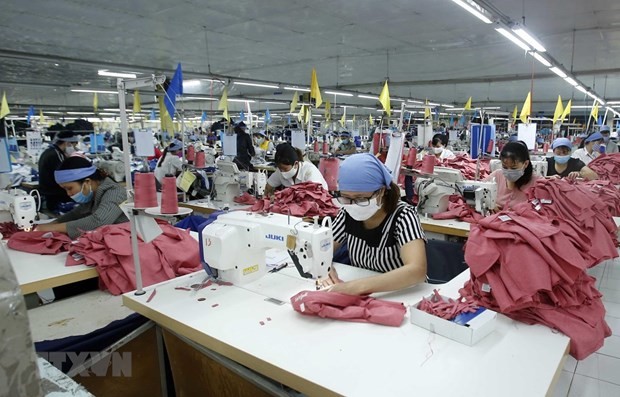
Garment-textile sector must go green to boost exports to EU: Experts
Latest
 |
| Leather-footwear industry to improve the sustainability of their production for export to the EU. (Photo: VNA) |
Earlier this year, the EC proposed a new strategy to make textiles more durable, repairable, reusable and recyclable, to tackle fast fashion, textile waste and the destruction of unsold textiles, and ensure their production takes place in full respect of social rights.
Europe is a traditional and key market for Vietnam’s textile and footwear industries, especially with the EU-Vietnam Free Trade Agreement (EVFTA).
Phan Thi Thanh Xuan, Vice Chairwoman and Secretary General of the Vietnam Leather Footwear and Handbag Association (LEFASO), said to meet the EU market’s requirements, local businesses must improve the quality of their human resources and production facilities, and employ clean energy and green technology.
Xuan noted the leather and footwear industry has so far made good use of the EVFTA. Turnover from shipments to the EU now makes up 30% of Vietnam's total export value, an increase from the previous proportion of 25-28%.
 |
| Garment-textile sector must go green to boost exports to EU. (Photo: VNA) |
Regarding exports to the bloc, in addition to ensuring product origin and the use of recycled materials, meeting labour and environmental standards is essential, she said.
Echoing the view, Vu Duc Giang, Chairman of the Vietnam Textile and Apparel Association (VITAS), said an important solution is to invest in technology because it will help solve the labour deficit and environmental problems.
According to Giang, the number of textile enterprises using clean energy has increased to 60-65%, either via buying electricity or investing in installing solar energy projects.
Giang predicted that in the next five to seven years, 100% of textile and garment companies can fully meet the clean energy target.




















